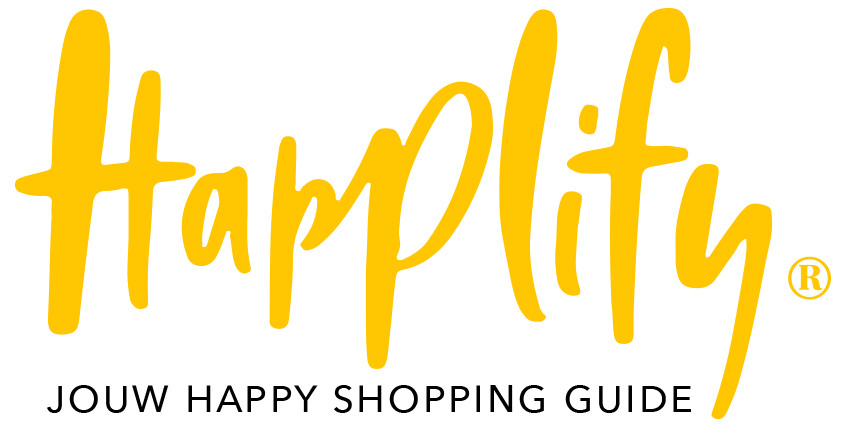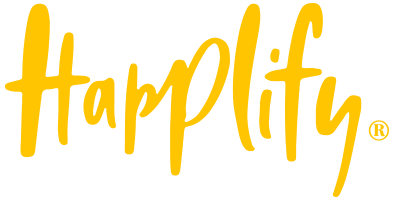If your house is worth more than the mortgage on it, we call it excess value, also known as the home ownership reserve. Surplus value is a form of capital. You just don't have this capital in your bank account, so you can't do much with it. That's where the bridging mortgage comes into play. Have you never heard of this or don't know exactly what it means? Then this article is for you.
In this blog we explain exactly what this type of mortgage entails and when you may need it. Not a 'happy' topic, but useful to know. So read on quickly.
The bridging mortgage explained
Let's start at the beginning. Because what exactly is a bridging mortgage ? It's actually not very complicated. It is a mortgage with which you can already withdraw the equity in your current home. You can then use this to obtain financing for a new home that you want to purchase.
The bridging mortgage is an interest-only mortgage. So you do not make repayments in the meantime, but only when you sell your old house. Then the equity in your home is released and you can pay off the loan in one go.
Although you do not repay during the term of the loan, you do of course have to pay interest. How much interest you have to pay depends on how much equity you want to release and the current mortgage interest rates . The higher the loan amount and the higher the mortgage interest rates, the more you have to pay in interest each month.
When do you need it?
You choose this type of mortgage if you want to use the equity in your current home to finance your new home, but you have not yet sold your current home. With this mortgage you can have the lender "advance" your equity, so to speak, so that you can obtain financing for your new home.
Additional costs
We just mentioned that you pay interest on a bridging mortgage. But in addition to interest, there are also other costs associated with this form of financing. You also pay closing costs when you take out the loan. These are usually around €500 - €650. In addition to the closing costs, you may also incur consultancy costs. These are the costs you pay for the (optional) consultation you have with the mortgage provider. The costs of this conversation are usually around € 2,000. Finally, you must take into account appraisal costs , notary costs and double housing costs.
There is also a certain risk involved when taking out a bridging mortgage. For example, the sales price of your old home could be disappointing, meaning you will not be able to pay off the full amount of the bridging mortgage. Before you decide to take out this mortgage, it is wise to consider for yourself whether you are comfortable with this risk. It wouldn't hurt to get advice about this from a mortgage advisor.







Interesting? Share with someone:
Painting the outside: you need to take this into account
Natural shapes and materials, a soothing interior trend